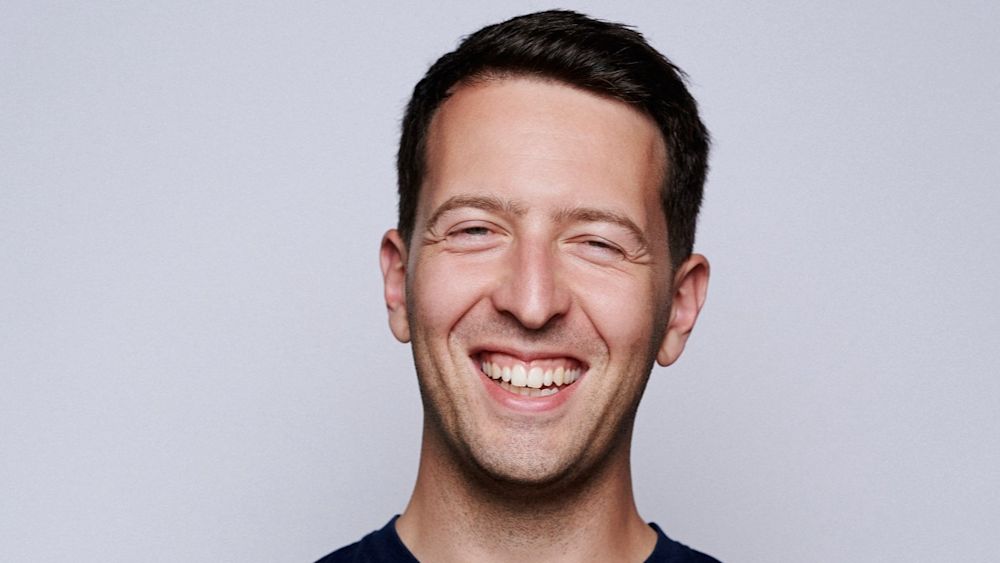- Iterate
- Meet The Team
- How Remote's CEO is Building the Future of Work
Table of contents
Remote, a startup that is committed to simplifying how companies hire global talent, raised a $150 million Series B in July this year, bringing its valuation to over $1 billion. The Org speaks with Job van der Voort to understand how he is building the future of remote work.

Remote, a startup that is committed to simplifying how companies hire global talent, raised a $150 million Series B in July this year, bringing its valuation to over $1 billion.
The company was founded by neuroscientist turned product manager Job van der Voort and engineer Marcelo Lebre in early 2019.
The inspiration behind building Remote came to van der Voort during his time as VP of Product at Gitlab. At the time, he was looking to onboard talent across 67 different countries but found himself struggling with the lengthy, tedious process of hiring.
“It was very expensive and often took several months to complete,” van der Voort told The Org. “I started Remote to make it easy for companies of all sizes to employ global teams. It's better for everyone when access to opportunity is improved.”
Scaling Remote remotely
As a company that is dedicated to automating the complexities of international hiring, Remote works across almost every time zone in the world.
“Working remotely is really about trusting your team, not micromanaging, and relying on async work as much as possible,” van der Voort said. “ When you focus on outcomes instead of the hours people go to work, you are free to spend more time on things that matter and you don't have to worry about other things.”
Unlike many startups, Remote did not start off as a side hustle. The co-founders were dedicated to spending all their time and resources building the company from the very beginning. In the early days of the company, van der Voort placed a heavy focus on hiring all-rounders.
“Everybody does everything. You hire some engineers, but those engineers will also have to make some design decisions, act as their own product managers, maybe do a little marketing because you're only a handful of people.”
One team he decided to hire rather early on at Remote was the legal team, which handles the complexities around international hiring. Then, as his company began to grow, he turned toward bringing specialists to his team.
“The trick to it is you have to be hyper-pragmatic,” he said. “You don't necessarily focus on growing one or another team first, you just focus on what we need today, that's what we're hiring for. And that need depends on the company, the scale you're currently at, funding, and other things”
Remote currently has around 450 employees and is growing rapidly.
Founder Files Q&A:
What’s one piece of advice you wish you could tell your younger self?
Keep doing what you're doing. I don't regret anything I did in the past, I just focused on doing what I liked and what seemed fun. It's worked out pretty well.
What does a day in your life look like?
I get up at around 6:00 am because that's when the kids wake up. I have breakfast with them and my wife. Bring them to daycare, about 8:00 am Depending on the day I either work out or start working. I work a very normal day, 8:00 until about 5:00 pm Pick up the kids, make dinner. I cook most days myself. Get the kids a bath. Around 7:30-8:00 pm or so, depending on the day, I either chill and do something else or have more meetings. That can go until around 11:00 pm.
If you were in any other role at your company, what would you be?
I would love to be a designer. I don't actually have the skills for that. I have a good sense of what makes a good design, but I can't produce it. Probably something in product.
Create your own free org chart today!
Show off your great team with a public org chart. Build a culture of recognition, get more exposure, attract new customers, and highlight existing talent to attract more great talent. Click here to get started for free today.
In this article


The ORG helps
you hire great
candidates
Free to use – try today